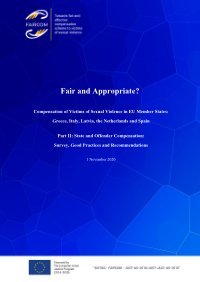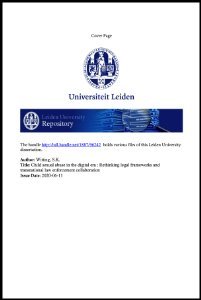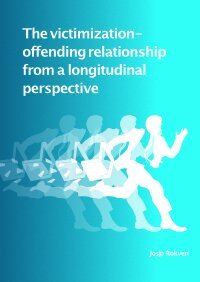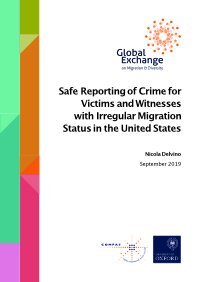By N Elbers; A Akkermans; H Soleto Muñoz; Fiodorova; A Grané; J Maria Tamarit; L Arantegui; P Patrizi; GL Lepri; E Lodi; D Chirico; I Lāce; L Vaivode; J Dilba; A Brekasi; N Zoidou Saripapa; N Spetsidis.
The second eBook of the FAIRCOM Project, available as download on this page, presents the results of an investigative study on State Compensation and Offender Compensation in the current five partner countries: Greece, Italy, Latvia, the Netherlands and Spain. It identifies good practices and offers recommendations.
The last 20 years, victims of crime have received increased attention in the criminal trial process. Various EU legislation, in specific the Victims’ Rights Directive 2012/29/EU,1 has established important victims’ rights, such as the right to receive information, respectful treatment, legal support, victim support and compensation. Most EU member states have implemented the legislation and the position of victims has clearly been strengthened. Now that victims of crime are in the spotlight, it is a good opportunity to also focus on specific vulnerable groups of victims in criminal law: victims of sexual crimes. Victims of sexual crimes require special attention for several reasons. Firstly, the scale in which sexual violence occurs is significant: according to a report of the European Agency for Fundamental Rights (FRA), it is estimated that 3.7 million women in the EU are subjected to sexual violence every year. 2 In total 11% of women have experienced some form of sexual violence since they were 15 years old. 5% of women have been raped since the age of 15. 3 The FRA did not include sexual violence to men. What is known about men is that 10% of victims of violent sexual crimes are men, the majority (90%) of the victims are women. 4 Of the perpetrators, 99% are men, 1% are women. 5 Secondly, victims of sexual crimes need support in their search for justice. Only 14% of victims of sexual violence report their offense to the police.6 Sexual crimes are often associated with shame and stigma and often mentioned in relation to secondary victimisation. About 25% of victims of sexual crimes do not dare to report the crime because of shame and 12% does not report because they think they will not be believed. Victims of physical violence also do not report because of shame or not being believed but the percentages are much lower, respectively 8% and 2%.7 Of the victims of sexual crimes who report to the police, about 46% are not satisfied with the treatment received by the police.
Amsterdam: Free University of Amsterdam, 2020. 94p.













